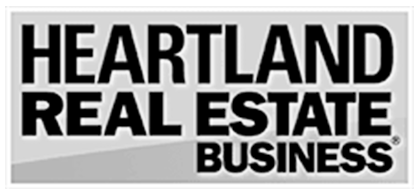average rent
average occupancy rate
ytd sales volume
YoY rent change
yoy occupancy change
ytd individual
transactions
QUARTERLY DEMAND
YTD: 528
QUARTERLY COMPLETIONS
YTD: 950


During the third quarter, the Northwest Arkansas market reported an occupancy rate of 96.2%. At the outset of 2022, occupancy rates in the region soared to an almost full 99%. However, developers have since responded to the situation, introducing a consistent flow of units over the subsequent months. This strategic move has fostered a balanced equilibrium between the available housing supply and the prevailing demand. Despite these interventions, the Class C segment remains notably stretched, maintaining a soaring occupancy rate of 99.3%, unchanged from the previous quarter. Conversely, Classes A and B properties witnessed slight downturns in their occupancy, registering declines of 20 and 30 basis points respectively on a quarter-to-quarter basis.
The pressing demand for further apartment development in Northwest Arkansas is accentuated by the occupancy rates observed in its primary ZIP codes. Five of the major ZIP codes representing the NWA market have displayed occupancy rates surpassing 97.0%. Leading the chart, the outer western suburbs, covered by ZIP code 72761, recorded an occupancy rate of 99.1%. This heightened figure can be attributed to the limited apartment availability in this region. Similarly, the area of west Fayetteville, designated by ZIP code 72704, showcased a noteworthy occupancy rate of 98.7%. Conversely, Bentonville, having welcomed a significant wave of new apartments in recent quarters, posted the lowest occupancy rate at 95.1%. However, it’s worth noting that Bentonville witnessed the most substantial annual occupancy boost, clocking in at 30 basis points.
The Northwest Arkansas market showcased its resilience and strength in the third quarter of 2023, recording an annual average rent gain of 4.5%. With its performance the market claimed the 16th spot among the nation’s top 150 apartment markets. Among asset classes, Class A properties registered notable growth of 4.4%. However, Class C properties, which, underpinned by their high occupancy rates, reported a soaring 8.9% yearly increase. Class B properties, however, lagged, recording a tempered annual growth of 2.0%. This hints at a possible migration of residents from Class B to either the upscale Class A or the more affordable Class C units.
On a city-specific note, central Rogers, especially the 72756 ZIP code area, led the pack with an exceptional rent growth rate of 11.5%. East Springdale wasn’t far behind, registering an 8.6% growth. Meanwhile, the western segment of Springdale, represented by the 72762 ZIP code, also recorded a notable expansion with a 7.4% increment.
| Submarkets | Average Occupancy | Annual Occupancy Change | Average Monthly Rent | Annual Rent Change |
|---|---|---|---|---|
| Centerton - [ZIP: 72719] | 95.8% | -0.4% | $1,187 | 1.5% |
| Central Rogers - [ZIP: 72756] | 97.5% | 0.2% | $1,067 | 11.5% |
| Rogers I-49 Cooridor - [ZIP: 72758] | 95.6% | -2.0% | $1,348 | 0.4% |
| West Outlying Suburbs - [ZIP: 72761] | 99.1% | 0.0% | $729 | 12.4% |
| Fayetteville - [ZIP: 72701] | 97.2% | -2.5% | $941 | 7.4% |
| W. Springdale/Tontitown - [ZIP: 72762] | 95.4% | -1.5% | $1,182 | 1.1% |
| NE Fayetteville - [ZIP: 72703] | 97.2% | -1.2% | $1,140 | 7.8% |
| East Springdale - [ZIP: 72764] | 96.6% | -0.9% | $900 | 8.6% |
| West Fayetteville - [ZIP: 72704] | 98.7% | 0.2% | $943 | 6.9% |
| Bentonville - [ZIP: 72712] | 95.1% | 0.3% | $1,351 | 6.6% |
Click map pin locations to learn more
Even in the face of capital market headwinds, Northwest Arkansas displayed remarkable resilience in its investment activity. Through the initial three quarters of the year, a total of $322.9 million was allocated towards 21 conventional multifamily property transactions. The magnetism of this region can be ascribed to several catalysts, not least of which are a thriving economy and robust population influx. Investors’ interest in newer properties has played a pivotal role in elevating the market’s price per unit. The allure for Class A assets, in particular, has seen a pronounced rise. This fervor is evident in a 42% surge in the average price per unit on a year-over-year basis, comparing the first half of 2023 to its 2022 counterpart. This trend aligns with the dip in total transactions observed from 2022 but stands in contrast to the uptick in the aggregate transaction dollar volume.
* Trailing 4Q average PPU
* Preliminary Data from RCA – Individual transaction $2.5M +
In August 2023, the Northwest Arkansas area posted substantial job growth, adding 12,600 new positions year-over-year as reported by the Bureau of Labor Statistics (BLS). Significant job gains were seen across multiple sectors. The leisure and hospitality sector led the way by adding 2,500 new jobs, growing by 8.4%. This was closely followed by the professional and business services sector, which added 2,100 jobs, a growth rate of 3.6%. The government sector also made a notable contribution, adding 2,000 jobs for a growth rate of 5.3%. The unemployment rate in Fayetteville was impressively low in August, at just 1.9%, reflecting a thriving local economy with robust growth across various job sectors.
August 23 Annual Jobs Created
August 23 Employment growth
August 23 Unemployment rate
3.9% us August rate
Change from August 2022 to August 2023:
2,500
Percent Change:
8.4%
Change from August 2022 to August 2023:
2,100
Percent Change:
3.6%
Change from August 2022 to August 2023: 2,000
Percent Change: 5.3%
Change from August 2022 to August 2023:
1,500
Percent Change:
9.9%
Change from August 2022 to August 2023:
1,500
Percent Change:
4.5%
| Sector | Change from August 2022 to August 2023 | Percent Change |
|---|---|---|
| Leisure and hospitality | 2,500 | 8.4% |
| Professional and business services | 2,100 | 3.6% |
| Government | 2,000 | 5.3% |
| Mining, logging, and construction | 1,500 | 9.9% |
| Education and health services | 1,500 | 4.5% |
| Trade, transportation, and utilities | 1,300 | 2.1% |
| Other services | 1,200 | 8.0% |
| Manufacturing | 800 | 2.5% |
| Information | (100) | -4.2% |
| Financial activities | (200) | -1.9% |
The cost-of-living index in the Fayetteville, AR metro area stands at a competitive 93.7, highlighting an economic climate relatively more affordable than numerous other markets. Housing significantly bolsters this affordability, with a housing index rating of 89.2 and a median home sales price of $395,000. When drawn into comparison with a significant urban hub like Kansas City, MO-KS, Fayetteville presents as the more economical choice, reducing grocery expenses by 4.3%, housing by 7.2%, and utilities by 9.1%. However, it’s essential to note that transportation and health costs in Fayetteville exceed those in Kansas City by 11.6% and 14.3%, respectively. Despite these variances, Fayetteville’s overall affordability makes it an appealing destination for a broad spectrum of residents.
93.7
$2,860
89.2
94.6
92.0
$395,000
The “Cost of Living” index score provides a comparative assessment of the relative expense involved in maintaining a standard of living in a specific area, benchmarked against a national index score of 100.
Source: COLI; BLS; Consumer Price Index for All Urban Consumers (CPI-U): Selected areas, all items index, July 2023
The forecast for Northwest Arkansas continues to be optimistic, propelled by a versatile local economy, impressive job growth, and an exceptional quality of life. Walmart’s ongoing investment in the region, especially in high-paying, high-tech roles, is poised to contribute significantly to the area’s sustained economic prosperity. Population increases and corporate expansion are expected to keep stimulating the demand for multifamily housing in the region, particularly in the Springdale, Rogers, and Bentonville submarkets. Opportunities abound for developers and investors to tap into this demand, as the region’s cost-effective living conditions and strategic location continue to draw businesses and workforce. The development of world-class amenities and improvements to infrastructure will only further amplify the region’s appealing live-work-play environment. Thus, Northwest Arkansas is primed for ongoing growth in the years ahead, bolstered by a diverse economy, robust job market, and superior quality of life.









